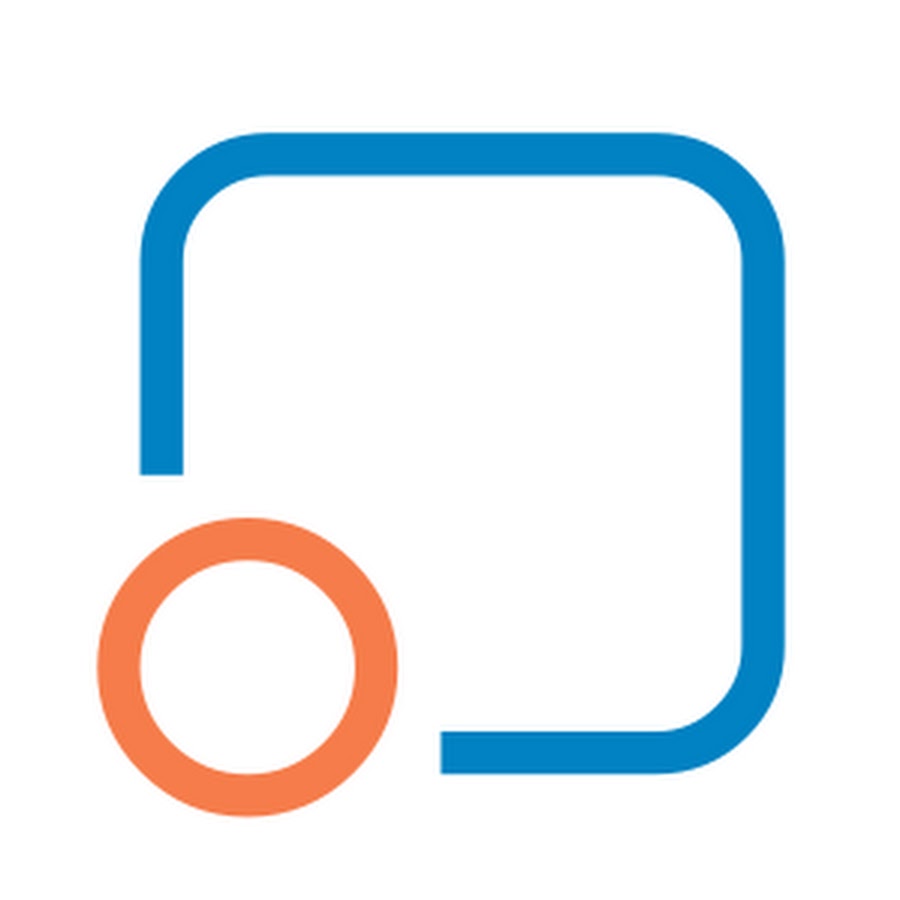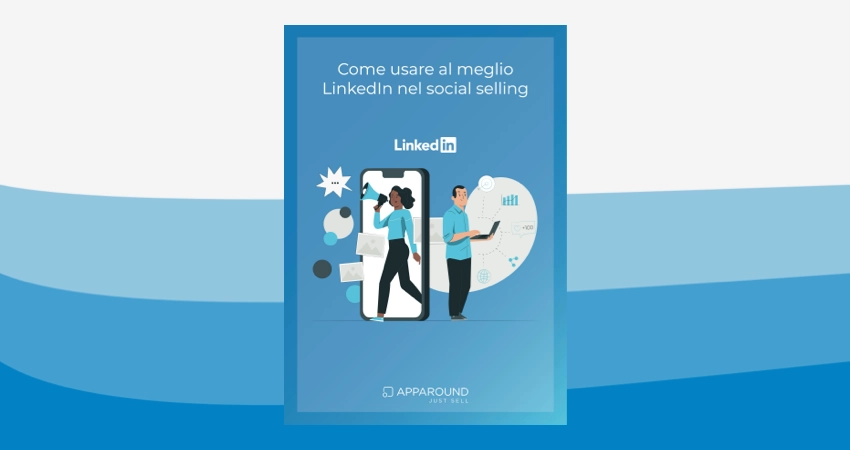How can a sales person increase sales? This is probably the only fixed question in a changing world. The role of the seller is constantly evolving and this is now a fact. Keeping up with the times and with customer needs is a key factor in not being crushed by the competition.
But what has changed in recent years? Why are talkativeness, empathy, product knowledge and promptness in handling objections no longer sufficient requirements to be the best possible seller?
How to increase sales with a personalized approach
Each customer is unique and each business has its own peculiarities. The best salesman, from time to time, uses different techniques, skills and strategies to adapt to the person in front of him. The seller’s approach must change based on the type of customer’s business, their target market and the products available in their portfolio. Fortunately, beyond the variety of contexts and the multiplicity of factors that combine to make each negotiation unique, it is possible to isolate some recurring traits and identify the most common types of sales approach on this basis.
-
Persuasive approach
-
In an ever-changing market, customers are increasingly informed. Accustomed to moving daily between search engines, information sites, social networks and forums, they already know the characteristics of the products that are offered to them during a negotiation. Sometimes they have already received visits from competitors and already have in mind the range of products available and their strengths.
-
To be effective, the seller must be a good persuader, be able to highlight the strengths of their product well, highlight its advantages over the competition and be prepared to handle any objection. The aim is to convince the customer that he has the best solution to his needs in front of him.
-
-
Consultative approach
-
However, the abundance of information does not always represent an advantage for the client. An article published in the Harvard Business Review, The New Sales Imperative, demonstrates how easy access to information and comparisons does not always simplify the purchasing process. A huge amount of information and often conflicting opinions confuse the potential customer, who in most cases describes the purchase process as “difficult and frustrating”.The research cited in the same article – written by some members of the CEB (Consultancy firm of the Gartner group) – shows that many Senior Executives are actually more informed, but also more uncertain and stressed. Too much information, too many internal stakeholders involved and too many options that always generate new questions. The result is that the purchasing processes lengthen over time (and often stop without having arrived at the purchase).
-
Given these difficulties, how do you increase your sales to these hyper-informed customers? The good salesman, in this situation, will have to take off the hat of the “persuader” to put on that of the “consultant”, choosing different commercial approaches according to the industry and the type of customer that is in front of him. Strategically managing the relationship with the potential customer is essential to gain their trust. The seller must understand the real need of the customer, perceive the “unspoken” and thus interpret expressed and latent needs. Building a relationship on empathy and understanding will give the customer the feeling of being in front of a consultant, rather than a salesman.
The Best Seller is a Proactive Seller
The study further explains how, after analyzing dozens of sales techniques, a proactive approach that guides customers through decision making increases ease of purchase by 86% and decreases the likelihood buyer regret by 37%.
Thus a new figure of successful salesman is outlined: the proactive salesman.
Regardless of the type of customer, the best seller is the one who wins their trust by adapting the various approaches and sales techniques. He must also be attentive and credible, providing timely answers to questions and objections, as well as proposing customized solutions and using the support of technology to his advantage. In short, it is necessary to make people perceive that the offer will fit the customer’s needs.
The 5 best practices to increase sales
The figure of the salesman must adapt to changing times to handle increasingly informed and demanding customers. The best seller makes the buying process easier for the customer. Being “customer-centric” does not mean showing the customer all the information available, but proposing an offer tailored to their actual needs (to be studied and studied even before meeting them!). In other words, it means acting as a real Advisor. Technical progress and digital transformation come to the aid of the seller, providing them with the tools to simplify the sales process.
Although there is no specific sales technique that characterizes the proactive seller, but several different approaches depending on the type of customer and product sector, 4 key elements can be identified in all negotiations.
1. Customer-journey mapping
Each salesperson prepares their meetings trying to gather as much information as possible on the expectations and needs of potential customers. However, what often happens is that we focus too much on the selling process rather than the buying process. To get a clear picture, you need to look from the right perspective. In fact, it is necessary to map the path that the customer followed from the moment he realized he had a need until the moment of his contact with the seller. The purchasing process is generally divided into three macro-phases: in the first phase, the customer identifies the problem and assigns it a priority level. Next, evaluate different solutions, for example exploring make or buy options, implications, timelines, etc. In the final phase, the customer takes into consideration the various suppliers and undertakes to evaluate their offers.
2. Understanding Customers
There are many obstacles that the customer may have to overcome before coming to meet a supplier. A typical example is related to the initial and intermediate stages of the purchasing process, when figures with different roles may have conflicting opinions on how to approach and solve a given problem. To become the best seller possible, it is therefore essential to imagine the world in which the customer moves in detail. This allows him to foresee all the possible concerns of the subjects involved in the purchase process and be ready to anticipate and manage any objections.
3. Identification of possible obstacles
Understanding how the need was identified, what priority was given to it, which people within the company were involved and what other solutions they have already explored is a sure way to increase sales. In this way the seller will be able to imagine all the possible obstacles that may have created difficulties for the customer. This means that, at the time of the meeting, he will be well aware of the objections that could emerge in the discussion and will know which levers to exploit to gain trust and credibility. And the “best seller” is just the one who gains the customer’s trust.
4. Monitoring progress
If the negotiation does not close at the first meeting, it is essential for the seller to keep the interest of the customer alive. A proactive approach involves implementing follow-up marketing such as emails, calls, or schedule subsequent meetings in order to help the customer simplify and move the purchasing process forward.
With the help of tracking technology and software solutions, the salesperson can track the prospect’s deals and actions. In this way it is possible to understand if the decision is more or less mature, foresee any problems and intervene before the prospect is blocked or, even worse, that he turns to another supplier.
5. Using new technologies
With the use of tools designed ad hoc to support the seller with objective and credible information, the natural reaction of the customer goes from “… I understand where you want to go …” to “wow, you made my life a lot easier!”.
Digital marketing content, product configurators and digital monitoring tools show objective and reliable data. Thanks to them, the seller is able to provide recommendations based on the actual needs of the customer, highlight how the strengths of the offer are relevant to his needs and guide him towards a shared solution.
The considerations that the seller will make with the support of technological tools can reduce indecision and increase sales by inducing the customer to take action.
Technology to increase sales performance
Technological tools for commercial networks help the salesman by simplifying his work, automating parts of the processes that typically take away precious moments from other sales activities (reports, visits and other back office activities) and supporting him in the presentation of the offer when he is in front of the customer.
The Apparound solution Apparound
With over 10 years of experience in the market of mobile solutions for sales, Apparound helps companies in the digitization of their processes and provides all the technological tools for managing the sales network that operates directly in the field.
Apparound is an innovative application designed around the needs of the seller, which aims to help him during the meeting and negotiation with the customer. It is a tool to increase sales that allows the salesperson to be more effective during the negotiations, simplifying their work and making the interaction with the customer more engaging.
Within the application, which can be used on both tablets and smartphones (as well as on a normal PC), the seller will have all the tools that can be useful during the meeting with the customer.
With Apparound, you can:
- show marketing content such as brochures, videos, price lists, etc. that are always up-to-date, and to have a sales record that is always aligned with the company strategy;
- create a real-time offer with a Configure Price Quote (CPQ) offer configurator including bundles, discounts and promotions. By actively involving the customer in the negotiation, it is possible to find together with him the solution that best suits his needs;
- generate the contract and close the negotiation at the first meeting thanks to the electronic signature;
- monitor the sales processes of deals that are still open with dynamic reporting tools, which is able to save the seller time for visits to the client.
The Apparound solution allows you to beat the competition and increase sales, bringing benefits to the company in various aspects. First, the seller has the resources and information necessary to answer any question or objection comprehensively and offer the customer tailored advice. Further, orders are generated directly from the app and sent to the management system, without errors and in real time.
Sources:




